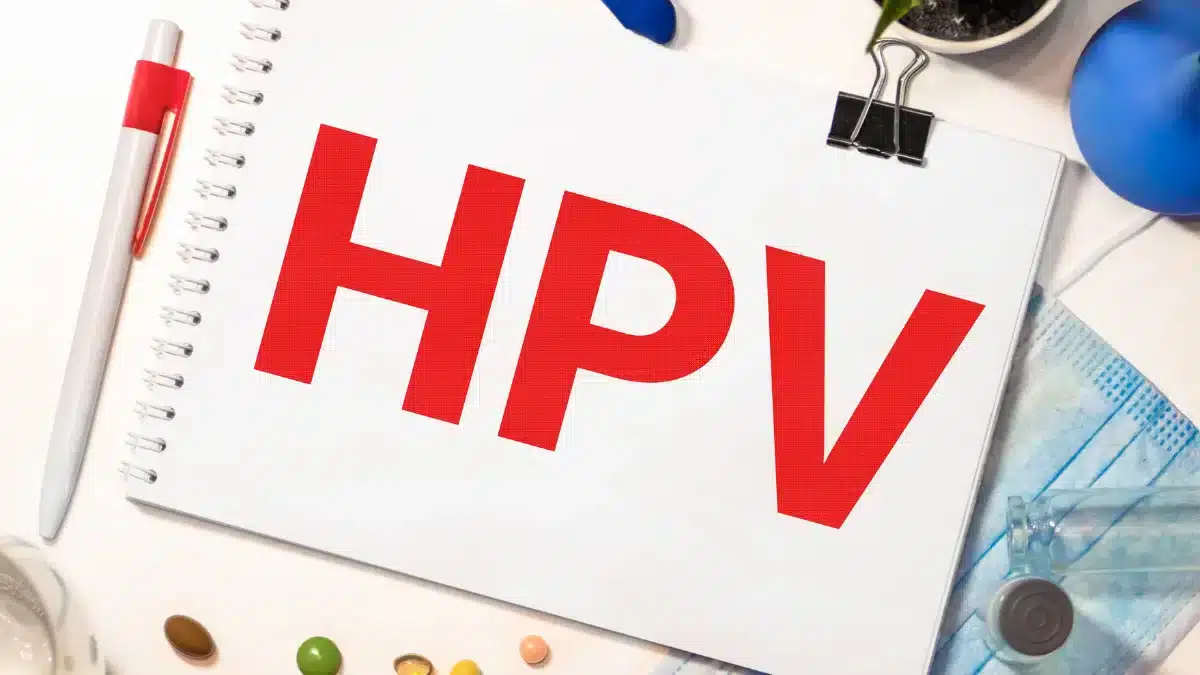Unraveling the Mystery: Is HPV Sexually Transmitted?
Human Papillomavirus, commonly known as HPV, raises concerns primarily linked to sexual transmission.
Despite its widespread recognition, the narrative surrounding HPV goes beyond common understanding.
This article looks into the intricacies of HPV transmission, aiming to demystify the question: Is HPV sexually transmitted?
By exploring transmission modes, invisibility, and preventive aspects, we aim to provide a comprehensive understanding of HPV.
This sheds light on less commonly known aspects of this prevalent virus.
What is HPV and is it a Sexually Transmitted Disease
HPV, comprising over 200 virus types, is mainly transmitted through skin-to-skin contact and is recognized as the most prevalent Sexually Transmitted Infection (STI).
It commonly spreads through vaginal, anal, or oral sex, as well as close skin-to-skin contact during sexual activities.
However, contrary to widespread belief, its transmission goes beyond sexual interactions.
There is a possibility of vertical transmission from mother to child during pregnancy, childbirth, or shortly after birth.
Although not conclusively proven, some studies suggest a potential risk, with a reported pooled relative risk of mother-to-child HPV transmission when the mother is HPV positive.
Is non-sexual transmission of HPV possible
Understanding HPV goes beyond conventional sexual routes.
Genital touching and self-inoculation emphasize the virus’s adaptability, stressing the need for thorough preventive measures.
Importantly, HPV is not limited to sexual partners; individuals can unknowingly self-inoculate, spreading the virus from one part of their body to another.
This expanded view of transmission underscores the significance of education and proactive measures.
Invisible presence of HPV and its transmission challenges
A distinctive characteristic of HPV is its ability to remain invisible to the naked eye.
Many carriers are unaware of their infection due to the lack of noticeable symptoms.
This hidden aspect makes understanding how it spreads more complicated.
People might unknowingly have and transmit the virus, stressing the importance of regular testing and preventive steps, even if no symptoms are visible.
HPV prevention
Preventing Human Papillomavirus involves a multifaceted strategy aimed at reducing the risk of infection and related health complications.
Key measures include:
Vaccination

The HPV vaccine is a cornerstone of prevention, recommended for both males and females.
While most effective before the onset of sexual activity, it remains beneficial for sexually active individuals.
Embracing vaccination is a proactive step in guarding against HPV and its potential health impacts.
Safe sex practices
Employing safe sex practices, such as consistent condom and dental dam use during sexual activity, contributes to lowering the risk of HPV transmission.
Limiting sexual partners and fostering mutually monogamous relationships further enhances preventive efforts.
Regular screening

Routine cervical cancer screening plays a pivotal role in early detection.
By identifying abnormal cell changes linked to HPV, screening helps mitigate the risk of cervical cancer.
HPV testing, an integral component of cervical screening, is recommended for women and cervix-having individuals aged 25 to 64.
Conclusion
While HPV is commonly associated with sexual transmission, its reach extends beyond traditional routes.
The virus, often invisible and symptomless, poses a challenge in detection.
To counter this, a comprehensive approach to prevention is crucial.
Vaccination, safe sex practices, and regular screening emerge as key strategies.
Embracing the HPV vaccine, practicing safe sex, and undergoing routine screenings are proactive measures.
Collectively, they contribute to reducing the risk of HPV transmission and associated health complications.
Awareness and proactive measures play pivotal roles in addressing this widespread concern.
Frequently Asked Questions
Is HPV exclusively transmitted through sexual contact?
No, while commonly associated with sexual transmission, HPV can spread through non-sexual routes such as genital touching and self-inoculation, extending its potential modes of transmission.
Is HPV only transmitted sexually?
No, HPV is not exclusively transmitted sexually. While sexual contact is a common mode of transmission, HPV can spread through non-sexual routes like skin-to-skin contact, including genital touching and self-inoculation.
Can HPV be transmitted without visible symptoms?
Yes, since HPV can be present as a subclinical infection without visible symptoms, individuals may unknowingly transmit the virus to their partners. Regular testing and open communication about sexual health are essential for minimizing the risk of HPV transmission, especially considering its potential to spread silently.
Can individuals unknowingly self-inoculate HPV?
Yes, HPV is not limited to sexual partners; individuals can unknowingly spread the virus from one part of their body to another through self-inoculation, emphasizing the importance of comprehensive preventive strategies.
WowRx uses only high-quality sources while writing our articles. Please read our content information policy to know more about how we keep our content reliable and trustworthy.






